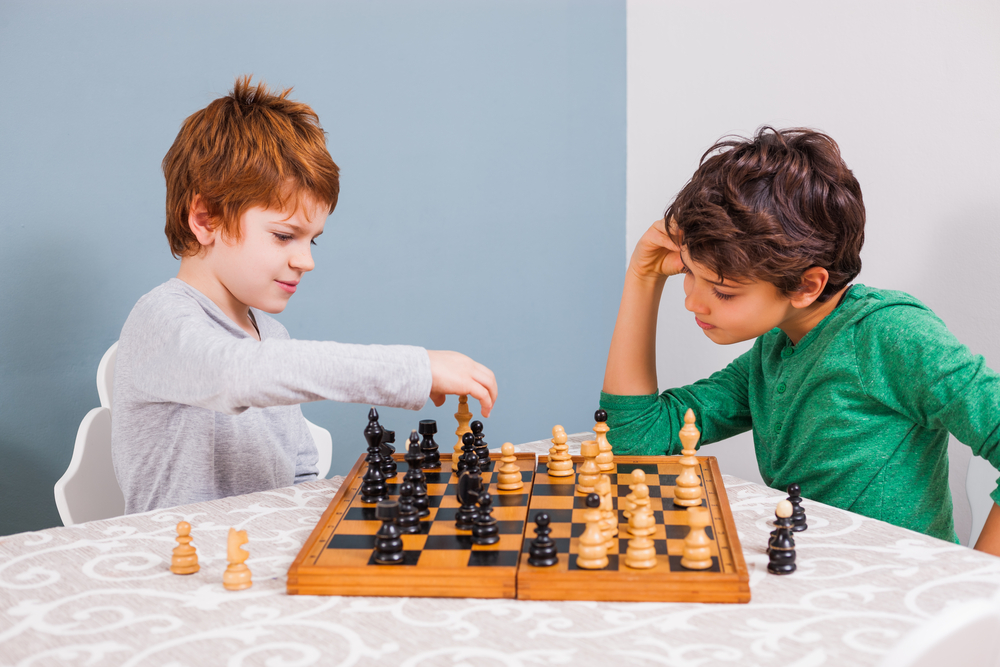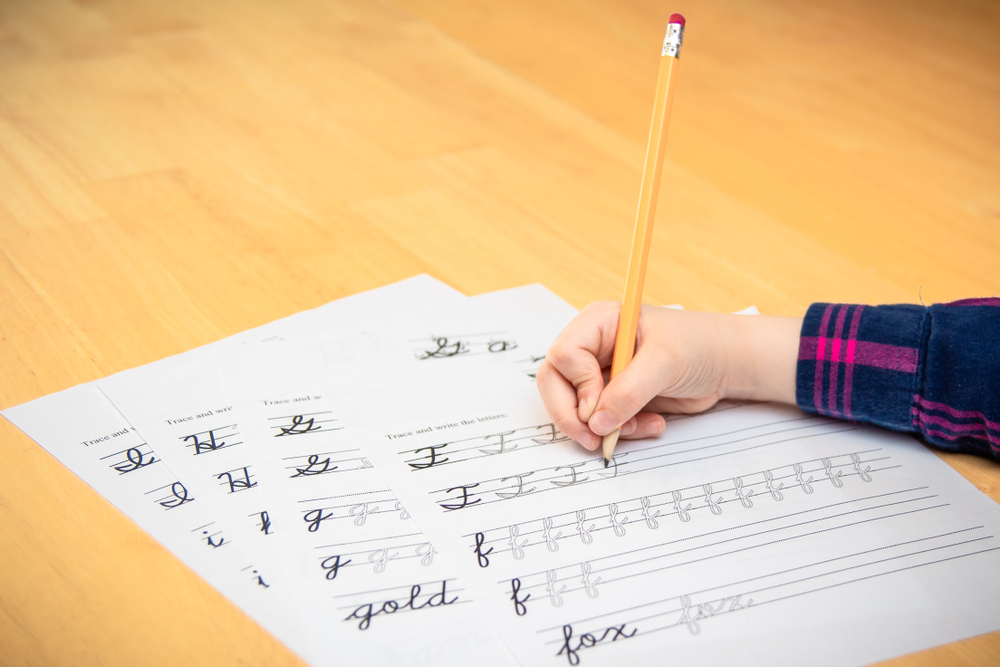Understanding biodiversity Normal Worksheets for Ages 4-9
4 filtered results
-
From - To
Explore the fascinating world of biodiversity with our engaging Normal Worksheets designed for ages 4-9! These worksheets offer children a fun and interactive way to learn about the variety of life on Earth, from plants to animals. Through vibrant illustrations and age-appropriate questions, kids will gain a better understanding of ecosystems, habitats, and the importance of protecting nature. Perfect for teachers and parents, these resources encourage critical thinking and creativity while fostering a love for the environment. Dive into our collection of activities that promote hands-on learning and inspire young minds to appreciate the beauty of biodiversity!


Subtracting Numbers: Biodiversity Worksheet


Comparing Biodiversity: Rainforest Plants Worksheet


Invertebrates Worksheet for Grade 3


Comparing Biodiversity: Rainforest Animals Worksheet
Understanding biodiversity is essential for both parents and teachers to impart to children ages 4-9 because it lays the foundation for an appreciation of the natural world. Biodiversity refers to the variety of living things, from plants and animals to the ecosystems they inhabit. By learning about biodiversity, young children can develop a sense of wonder about nature, sparking their curiosity and encouraging exploration.
This knowledge also promotes environmental responsibility. When children understand how different species contribute to the ecosystem, they become more aware of the importance of protecting their habitats. Engaging in discussions about biodiversity helps children cultivate empathy towards living creatures, reinforcing values such as kindness and stewardship.
Furthermore, learning about the interconnectedness of life fosters critical thinking. Young learners can explore concepts like food chains, weather patterns, and even climate change in simple, digestible ways. This kind of education shapes future generations of informed citizens who are more likely to participate in conservation efforts.
Ultimately, understanding biodiversity enhances children's cognitive and social-emotional growth while fostering a deeper connection to the environment. Parents and teachers play a critical role in cultivating this understanding, inspiring children to cherish and protect our planet.

 Assign to My Students
Assign to My Students


.jpg)













